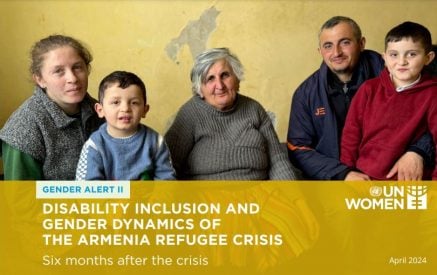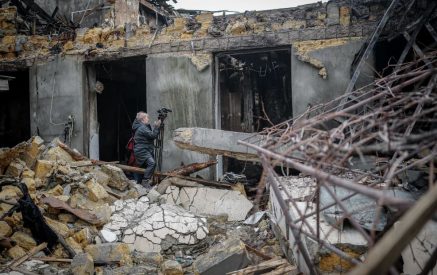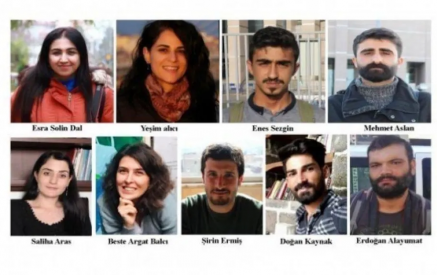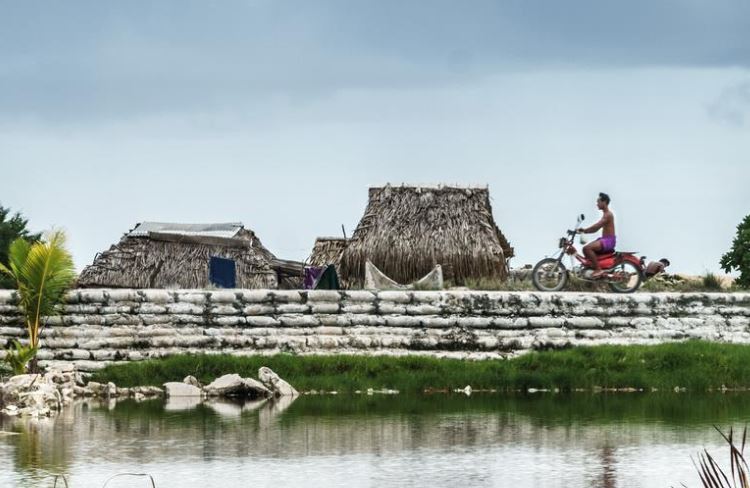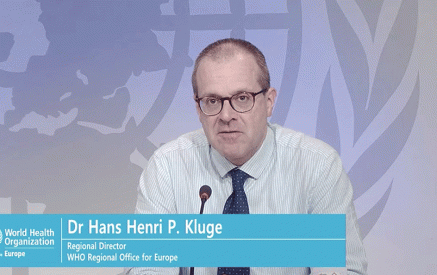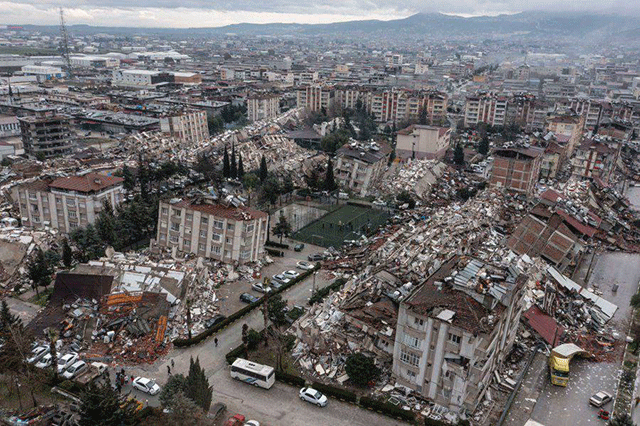Statement by WHO Regional Director for Europe, Dr Hans Henri P. Kluge
Most of us rarely, if ever, think about drowning as a public health hazard with significant impact. But the recent capsizing of the Adriana in the waters between Greece and Italy, a tiny fishing vessel crammed with hundreds of people seeking a new life in Europe, has changed that. In that one single catastrophe more than 600 people huddled in desperation drowned together; most bodies will never be recovered.
Far more commonly though, men, women and children drown silently and alone across a range of situations. Jumping unsupervised into an unfenced backyard swimming pool, for example. Or caught in a beach rip current that swimming skills alone can’t free them from. Sailing or paddleboarding without the protection of a life jacket. Falling into water while walking home alone. The variations are endless.
July 25 is the World Day of Drowning Prevention, a day declared by the United Nations General Assembly with a singular focus on preventing drownings from occurring in the first place.
Read also
Globally, WHO estimates that at least 236,000 people lose their lives from drowning each year. I say ‘at least’ as these numbers represent unintentional drowning. Based on the nature of the classification, drowning events related to water transport, environmental disasters, self-harm or assault are not included here. This actually underestimates the global burden of drowning by between 30-50%.
In the WHO Europe Region, drowning kills an estimated 20,000 people each year. This may seem like a small fraction of the total global burden, but it is still the second-leading cause of death for children aged 5-14.
Drowning is also a crucial equity issue, with a 20 times variation in mortality rates across the 53 countries of the Region, with countries to the east generally with the highest rates.
Accurate data are crucial in understanding the scope of the challenge and the multiple factors involved.
For example, reflective of the true burden of drowning in the United Kingdom where all causes of drowning are tallied, it is actually 165% higher than the limited scope estimated by WHO, with drowning deaths due to intentional self-harm of particular concern and growing national priority as a crisis to be tackled.
The epidemiology of drowning in the WHO European Region is also markedly different from the rest of the world.
Drowning mortality in 30–49-year-old males is the highest of all the six WHO Regions. This reflects the fact that drowning is more associated with water recreation rather than survival.
Then, with reported deaths just the tip of the iceberg, drowning also causes a wide spectrum of non-fatal injuries with significant health impacts, ranging from respiratory impairment due to inhalation of water to hypoxic brain injuries with life-long consequences.
Europe also has the highest alcohol consumption per capita of any WHO Region. This represents a major risk factor for all forms of violence and injury. Alcohol is causally associated with 26% of all drowning deaths in the European Region, ranging from 3% to over 55% across the countries of the Region.
Not least, we have the migration crisis and its links to drowning, as the recent Mediterranean tragedy underscores.
According to the International Organization for Migration (IOM) Missing Migrants Project, about 34,000 people have drowned in the course of migration since records began to be collected in 2014. This represents 60% of all migration-associated deaths recorded, and of these, almost four out of five – 76% – have occurred in the Mediterranean and the English Channel, both within the WHO European Region.
There are signs that the issue of drowning is being placed more prominently on health and safety agendas.
In May 2023, the World Health Assembly, mirroring that of the United Nations General Assembly in 2021, adopted a landmark resolution on drowning prevention, championed by 72 countries including 42 of the 53 countries of the European Region.
Support for this resolution, along with support on the broader issue of drowning prevention, elicits our gratitude. But the bigger question is what this resolution truly means to countries as disparate as Ireland, an island with over 3000 kilometres of coastline, and Turkmenistan where 70% of the country is desert? How will WHO Member States take concrete action on an issue that needs far more attention than seen so far?
Meanwhile, WHO’s evidence-based recommendations and guidance for the prevention of drowning, published in the World Report on Drowning Prevention in 2014, continue to be implemented, with ongoing research looking at the risks and interventions more pertinent to the situation of drowning in the European Region. And next year, WHO will publish the Global Status Report on Drowning Prevention, which for the first time will document the burden of drowning in all Member States and document national prevention and response efforts. Guided by this new information, WHO will offer policy and practical options to help countries do even more.
Going forward, we should ensure that our collective focus on drowning will no longer be based on the latest mass casualty disaster that captures the headlines all too briefly, but instead on how the loss of each and every life to drowning – no matter what the circumstances – could have been prevented in the first place.



